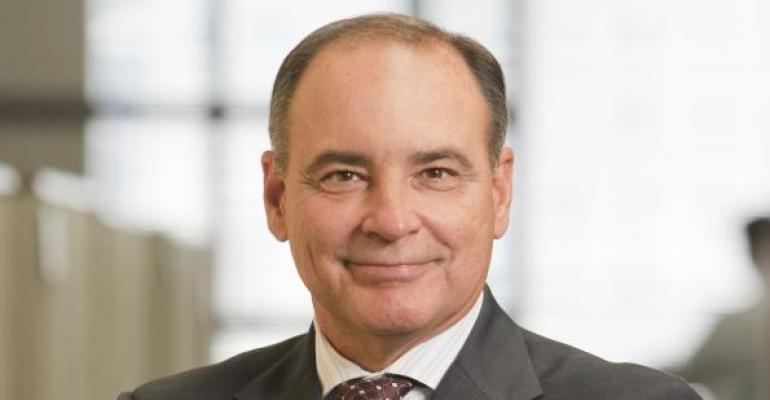In 2008, the world’s financial systems imploded, markets tanked, and many investors made the unhappy discovery that the assets in their portfolios were highly correlated. Today, there are probably as many explanations for what caused the crisis as there are economists, politicians and pundits. But for those of us in the mutual fund industry, important lessons were learned that may help advisors make better choices for their clients that could reduce the impact of another major market downturn.
For mutual fund companies, the biggest effect of the financial meltdown has been the re-emergence of risk as a primary determinant for investment choices. One of the problems leading up to the crisis was that a wide-ranging and protracted bull market had numbed many investors to the possibilities of risk. Asset allocation strategies were supposed to balance portfolio risk and reward according to investors’ personal tolerance, goals and time-frame considerations. It came as a collective shock when many of these portfolios collapsed. Investors that stayed the course recovered much of what they had lost but the ride certainly was not pleasant.
Prior to 2008, advisors and clients did discuss risk tolerance, but this consideration was often secondary to returns. After the market implosion, people began to take risk far more seriously. They started to look for asset classes that were uncorrelated to equities and bonds. They also started looking for asset managers who were unconstrained by style boxes and had the freedom to invest wherever they found value.
These factors have increased the opportunities around alternative investments and have made alternative investment funds more attractive to investors. When advisors looked at alternatives before 2008, they generally focused on the funds with high-alpha strategies. Today, the discussion centers on their potential for risk mitigation. Because of their low average correlations with traditional assets, alternative investment funds are now added to portfolios as diversifiers, seeking to reduce overall portfolio risk.
Despite the market’s strong comeback in recent months, investors continue to show a high sensitivity to risk and a preference for capital preservation. This means that advisors will continue to seek alternative investment funds for their clients’ portfolios. To borrow Wayne Gretzky’s analogy, skate to where the puck is going, not to where it has been. In the mutual fund world, alternative investments, particularly those offering risk-mitigating benefits, are where the puck is heading.
Steven M. Graziano is president of Touchstone Investments, Touchstone Advisors, Inc., and Touchstone Securities, Inc., all based in Cincinnati, Ohio.He has more than 30 years of experience in the financial services industry. Prior to joining Touchstone in 2009, Graziano was executive vice president and head of retail distribution after serving as chief marketing officer of Pioneer Investments. Earlier, he held positions with Fidelity and Boston Research Group. Mr. Graziano earned a Bachelor of Business Administration in marketing from the University of Massachusetts. He holds FINRA Series 7, 24, 6, 26, 63 and 65 registrations.





